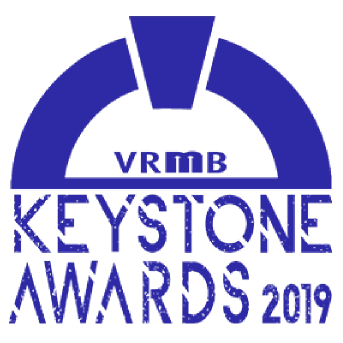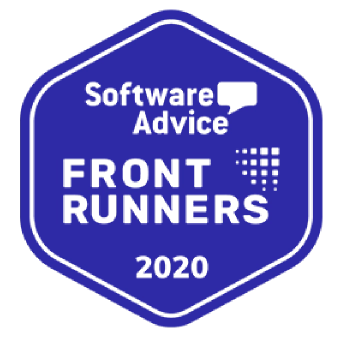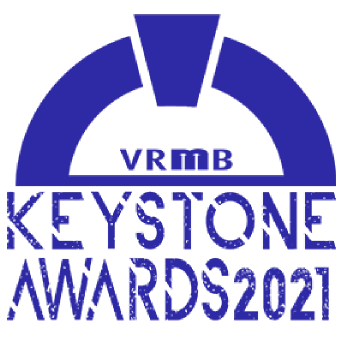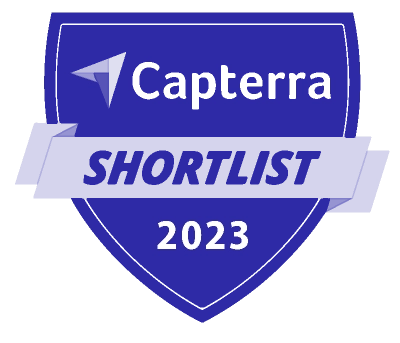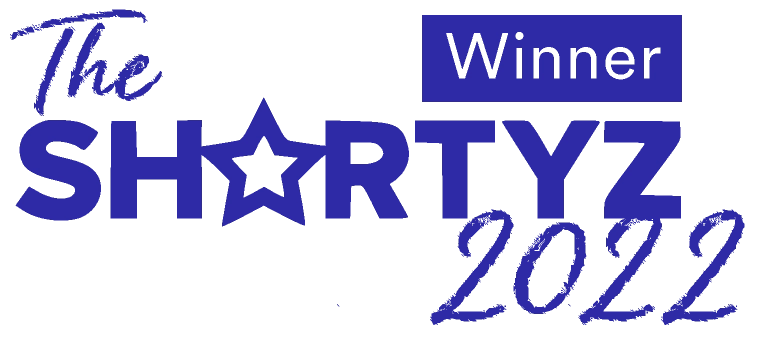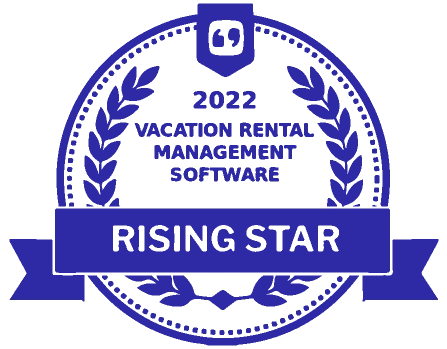Whether you’re a vacation rental management company or a host, you’re likely always looking for ways to increase revenue. For most vacation rental businesses, that involves adjusting nightly rates, making amenities more attractive, or acquiring new vacation homes. While all those methods are tried and true ways to increase revenue, they don’t look outside the box. There’s a diminishing return in any business that comes from over-optimizing a single revenue stream. So why not simply create new income opportunities?
In this article, we’ll look at:
- The challenges with over-optimizing nightly rates;
- Why creating new revenue channels is a good investment;
- 2 tactics and how-tos for adding a new income stream to your business.
Traditional short-term rental revenue models
For most short-term rental businesses, 100% of revenue is dependent on bookings aka your nightly rate. In all three typical vacation rental business models, a higher income potential per property leads to bigger bottom lines:
- managed by owners: creates a higher margin to offset the investment property’s financing;
- property management: leads to more substantial management fees and secures homeowners’ trust for the long-term;
- rental arbitrage: higher rental income generates more cash flow compared to long-term rentals.
In some vacation rental management companies that work with cleaning contractors, the manager may make a margin on cleaning fees. However, that ‘cut’ vs the bookings revenue is minimal.
How vacation rental property managers normally increase revenue
Since most property owners look solely at nightly rates as revenue potential, it’s natural for owners, hosts, and managers to find creative ways to boost nightly rates and occupancy rates. A few popular tactics include:
- Adjusting rates for events, peak seasons, or long-term rentals;
- Advertising on multiple listing sites and OTAs like Airbnb, Vrbo, Booking.com, and others;
- Creating a direct booking site to skip paying commissions;
- Getting more positive reviews to justify a higher nightly rate.
The limitation with all these revenue stream optimization strategies is that they are dependent on conditions that are outside the host’s or managers’ control. For example, advertised nightly rates can only surpass local competitors before potential guests move on to the next property in their search. Or take a second homeowner that simply refuses to upgrade amenities but whose property nevertheless has a low vacancy rate. In either case, you’re limited in what you can do to put more money on the table.
So how do you monetize a vacation home?
Instead of looking at high daily rates or adding more properties to a portfolio, vacation rental business owners should think of adding passive income revenue streams to their operations.
The idea here is simple. You’ve already expended time and energy attracting guests to a unit. Now that they are in the rental, use every opportunity to add value to their trip (and make money doing it). If done right, the software costs will be cheaper than the traditional income-generating tactics used by hosts and managers.
Below are two tactics that can be implemented with less than a day’s worth of work. Better yet, once you’ve implemented and tested them, they can be scaled almost instantaneously across your entire portfolio.
Tactic 1: Making money when guests are outside the short-term rental
According to conservative estimates, the average traveler spends roughly $43 per day on entertainment and activities during a US vacation. Now consider that the post-pandemic average length of stay in a vacation rental property hovers over 7 days. Per person, we’re looking at an average spend of $300 per person per reservation on tours, tickets, and passes.
This is a perfect opportunity to make money via commissions with little to no involvement from you or your team.
Here’s how it works.
- Deliver recommendations through guidebooks: Many vacation rental operators use some form of in-property guidebook to provide guests with local recommendations. Traditionally, guidebooks used to be print. But the trend has shifted to digital since Covid. Today’s digital guidebooks range from pdf file sent to guests, to a specific section of a vacation rental booking site, or an app that loads on any phone.
- Make commissions from those recommendations: If you use a digital guidebook like Hostfully’s, you can create a link from your guidebook to Viator. Viator is one of the largest travel activities booking sites. If a guest books anything through one of your links to Viator, you get an 8% commission on the total price paid.

Remember that travelers spend $300 per person during a stay on tours and activities. Your vacation rental business could add $24 per person per stay in passive income. No hustle required on your part, or complicated phone calls to tour operators. Once the guest arrives on the Viator site and books an activity, Viator’s tracking codes figure out your commission payments.
Bonus: Guidebooks also cut down on guest communications
Digital guidebooks can be shared with guests prior to check-in. In fact, many vacation rental operators choose to include some reference to the guidebook during pre-check-in email flows. This gets guests to look at the digital guidebook and answers questions they may have about their upcoming trip.
House manuals and check-in instructions can be added to digital guidebooks. This further reduces the number of touchpoints with guests. They can use the information in the guidebook for questions on how to use the amenities (like wifi, the air conditioner, TV, etc)
Tactic 2: Adding a revenue stream to existing vacation rental properties
Another extra revenue stream vacation rental owners can add is through upsells. Upsells have been used by the hospitality industry for years. The idea is to sell products and services to guests when they are staying in the vacation property.
According to data from our hospitality survey, the most popular upsells offered to guests by professional operators are early-check-in and late-check-out:

These “booking upgrades” are easy to implement. Hosts and managers need to create a Marketplace section in their guidebooks and add cards describing the upgrade. Here’s what it looks like from a guest’s perspective:

To buy the upgrade, the guest simply clicks on the card and proceeds to make the purchase. The experience is similar to any eCommerce site, which guests are familiar with.
Selling early-check-in and late-check-out takes under 1 hour to implement and has the potential to offset the loss caused by orphan/gap nights. Note that on top of a digital guidebook, you’ll also need a credit card processor like Stripe to collect payments from guests.
Related post: Vacation Rental Revenue Management: The Detailed Guide
Caution: Upsells with higher margins generally require more management
Other upsells that can be offered to guests include selling mid-stay cleaning services. This type of upselling requires a bit more involvement from the vacation rental business owner or team members. Once a guest books a cleaning, it’ll require some coordination on your team’s part to book a cleaning crew for the date selected by the guest. However, with automation tools like a property management platform (PMP) or an integrated cleaning app, it only takes a few clicks.
More complex upsells like groceries ready upon check-in require a parallel set of processes that typically aren’t easy to automate. For example, in the case of groceries, your team would need to send an employee to the grocery store. It’s a time-intensive process and there’s only so much margin you can add to groceries to make it profitable for you. However, the offset is that it enhances the guest experience.
Due to the time-intensive nature of complex upsells, many vacation rental business operators tend to stick to early check-in, late check-out, and mid-stay cleanings.





